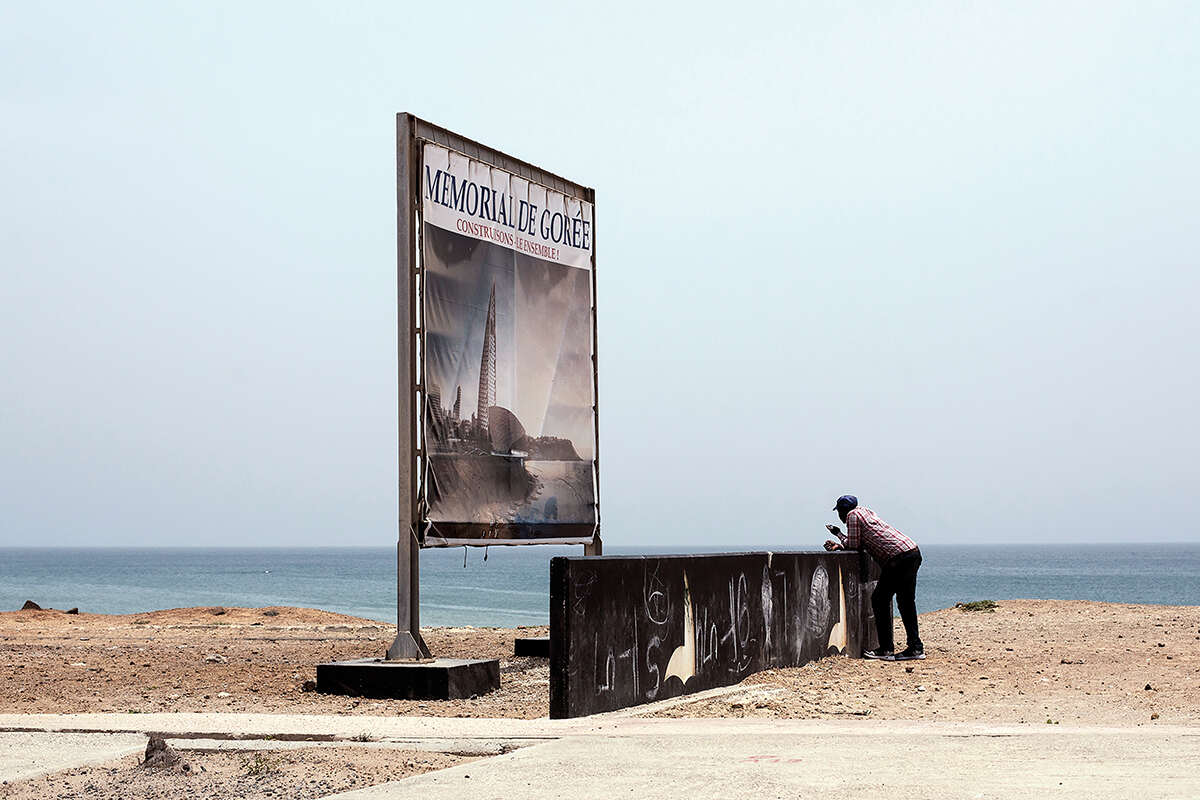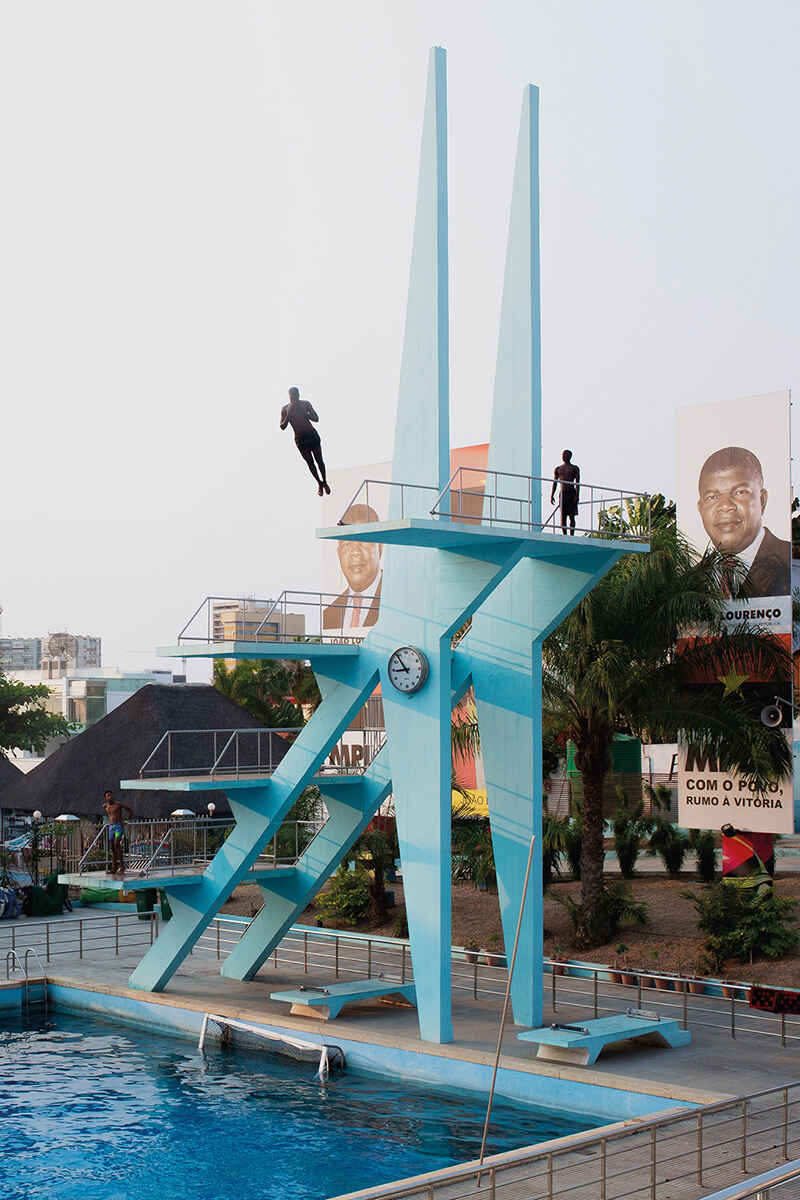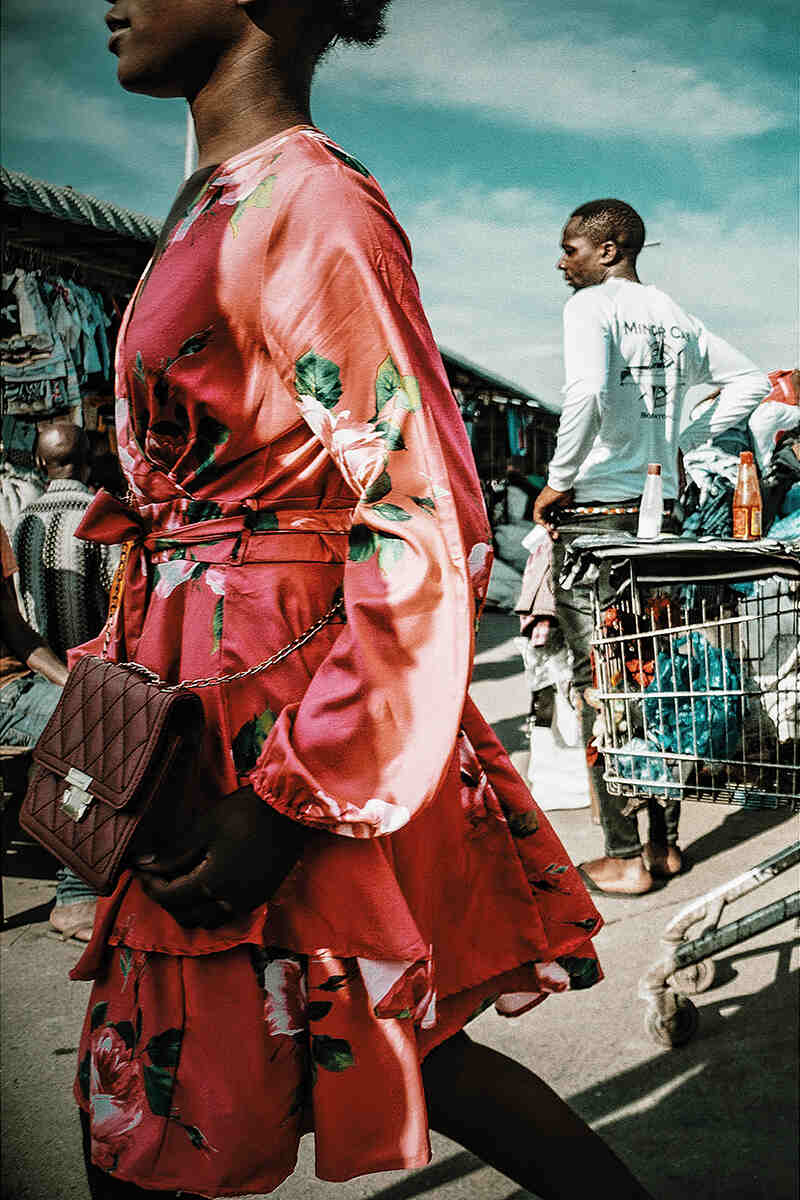
A new photography project by the Through The Lens Collective seeks to challenge stereotypical images of Africa
By Bryony Cottam
In the so-called ‘Golden Age’ of picture postcards – from 1890 to 1915 – billions of postcards were purchased and posted. Postcards were so prolific, in fact, that they represent the vast majority of Africa’s historical photographic archive. They were sent around the globe throughout the period of European rule on the continent, and played an important role in perpetuating stereotypes and promoting colonial ventures.
These stereotyped misrepresentations persist today, in collections and the archives of museums and scientific institutions, but also in contemporary images of Africa. The United States Library of Congress, which houses more than 2,000 historic photographic postcards from Africa, identifies prominent themes in its collection that are repeated in many modern photographs: the influence of Western aid and education, and images of nude and semi-nude indigenous people.

Ogorogile Nong, South Africa
Image: Johannesburg, South Africa
Instagram: @father_afrique
Ogorogile Nong is a student studying advanced photography with Through The Lens Collective. He describes himself as a visual artist with a love of portraiture and still life. For him, the Post-Card Africa project has been an opportunity to represent Africa as an African and to ‘just be in a position to do something differently.’ Nong says a lot of images he sees of South Africa on social media platforms and photo-sharing sites tend to show a different side to the one he sees. ‘I think there’s a certain type of look that some photographers go for. It’s more about a certain aesthetic than telling a story.’
In response to these enduring clichés, South African photography school Through The Lens Collective (TTL) has launched a collaborative project called Post-Card Africa. ‘We started thinking, what if we could create our own new postcards, rather than it always being people who are not from our continent who are looking at us, representing us and taking our photographs,’ says Michelle Loukidis. ‘Instead it would be about how we see ourselves.’
Loukidis is a photographer and founder of TTL. Based in Johannesburg, she trains and mentors young photographers in South Africa and abroad. On 15 May, she put out a public call for submissions to create a future archive of postcards that would shift away from the old, outdated narratives. The responses came back from across Africa. Loukidis says the number of countries represented is ‘quite incredible’, including smaller countries such as Benin and Togo. ‘You don’t normally have access to these photographic communities, so it’s been amazing to speak with a whole bunch of new people.’
Among the entries are family portraits, fashion photography, street scenes, domestic scenes, cityscapes and landscapes, in all different formats and styles. ‘We were completely open and wanted to make it as democratic as possible, and we’ve achieved that. We’ve had entries from people with really expensive cameras, but we’ve also got a lot from people who have taken their photos on a cellphone.’ Loukidis says that the images received have also revealed country-wide photographic trends. ‘Every single Algerian photo we’ve had has been black and white, while the work from Nigeria is very colourful and, from a South African view, quite over-Photoshopped – but it’s just a different aesthetic to ours. Meanwhile, we’ve had a lot of documentary-style photography from Ethiopia, lots of incredible street scenes.’

Abu3gla, Mohamed Abuagla, Sudan
Image: Khartoum, Sudan
Instagram: @abu3gla.24
Loukidis is now sifting through a huge cross-section of work to select which images will be printed in postcard format and exhibited later in the year. From the very start, she knew very specifically the kind of images she didn’t want for the project. ‘It took a bit of time for people to understand what we were looking for and, initially, we were seeing images that were replicating these old postcard tropes,’ she says. ‘What we really want is to get a sense of people, who they are and where they are – and in terms of their state of mind as much as where they are geographically. Often it’s just the normalcy and the domesticity of a typical day.’
For anyone visiting from another continent, Loukidis has some advice: ‘Africa is not a ready-made photo opportunity, not everything can or should be photographed. Be respectful of the places and the people that you encounter. Ask permission to be there and to photograph, and just because someone agrees doesn’t mean you have the right to take over. Be aware of the stereotypes and clichés that have historically been created and look for modern, contemporary Africa. We don’t go to Europe and just photograph Dutch Windmills or German beer fests. Look to experience a place in its diversity and appreciate its differences, don’t make it appear to be less than it is.’

Aina Zo Raberanto, Madagascar
Image: Antsirabe, Madagascar
Instagram: @ainazo

Ala Kheir, Sudan
Image: Dakar waterfront, Senegal
Instagram: @ala.kheir
Ala Kheir first took up photography as a hobby while studying for a degree in mechanical engineering. ‘You could say that I’m self-taught,’ he says, but he has learnt a lot from his connections with other photographers in Sudan and beyond. Early influences included American photographer Robert Adams, whose images document the changing landscape of the American West, and Oxford-born Akinbode Akinbiyi, whose photos focus on everyday street scenes in some of Africa’s burgeoning megacities: Bamako, Cairo, Dakar, Johannesburg, Kinshasa and Lagos. ‘These days I’m looking more to African photographers,’ says Kheir. ‘Like David Goldblatt. He built a relationship with people on the outskirts of Johannesburg and Cape Town, and his photos show a really unrepresented side of the apartheid.’
Kheir’s first projects were shot in black and white film, the only kind he could get developed at the time, but these days he tends to shoot in colour. ‘I do prefer film overall because it slows me down and allows me to be a little bit more investigative.’ His images reflect on Khartoum, where he has lived much of his life, and his childhood hometown of Darfur, looking for something new in these familiar places. When asked how he feels about his country’s representation in images, he says the media is too focused on events to see what these places and people are about. ‘There’s a lot more to life here than what you see in the news.’

Flávio Cardozo, Angola
Image: Luanda, Angola
Instagram: @makumbadokilombo

Kalenga Nkonge, Zambia
Image: Lusaka, Zambia
Instagram: @bonkoti

Yassmin Forte, Madagascar
Image: Maputo, Madagascar
Instagram: @yassminforte_photos





